Starting a Stamp Collection in 2025: Is It an Ideal Investment?
Stamp collecting is an exciting hobby that can teach you a lot about art, different countries, history, and more.
Interestingly, you can turn this hobby into a good investment!
Let’s check out how you can start a stamps collection, what equipment you’ll need, how to take care of your stamps, and how to determine their value. We’ll also explore some rare stamps to collect, a brief history of stamps, and if it’s worth investing in stamps.
Besides, we’ll tell you about a more profitable alternative investment - fine wine!
Further reading
- Is it worth investing in stamps? Find out in this Ultimate Guide to Investing In Stamps.
- Meanwhile, check out this Fine Wine Investment Guide and discover how you can put your money into the world’s most sought-after wines.
How to Start a Stamps Collection
Here are the steps for starting your stamp collection:

1. Pick the Types of Stamps You Want to Collect
Before you start to collect stamps, you need to know which ones are worth adding to your collection. So, let’s take a look at the various types of stamps:
- Commemorative Stamp: Commemorative stamps refer to large, colorful, iconic stamps that are printed in small quantities. They’re printed only once to honor a person, object, or event. Monarch stamps (which symbolize the evolution of Great Britain) are great examples of commemorative stamps.
- Definitive Stamp: These are smaller stamps that are usually printed in large quantities.
- Special Stamp: Refers to stamps that are usually printed for priority mail or during a special occasion or holiday.
While picking your stamps, you’d also need to determine their condition. Now, here are the three different conditions you’ll find stamps in:
- Unused stamps: Unused stamps don’t have a postmark and usually have their original gum (adhesive.)
- Used stamps: These postage stamps show signs of use and usually have a postmark.
- Fine-used stamps: a fine-used, old stamp usually has a light postmark. The stamp’s postmark might be more valuable than the stamp itself, but only if it’s kept intact on the original cover.
2. Pick a Theme
Once you’ve picked the types of stamps you want to collect, you’d need to choose a theme. Most stamp collectors pick a theme based on their interests.
Here are two interesting themes you could follow:
- Topic: You can choose valuable stamps based on different topics such as fine art, animals, flowers, space, sports, shapes, and more.
- Country of Origin: You can collect valuable stamps based on their country of origin. A fine, single stamp from a specific country can help you explore the region’s history, plants, animals, and more.
3. Acquire Your Stamps
Now, it’s time to find some stamps for your collection. So, here are the different ways to acquire stamps:
- Ask Friends and Family: You can easily get stamps by asking friends and family members to save them from you. If you have family members who stay abroad, this will be your chance to get some valuable foreign stamps.
- Buy Them From Stamp Shops: You can also find good stamps from stamp shops or the post office. And if you regularly use the post office, you can also gather the stamps that you receive from your letters.
- Buy Stamps at an Auction House: An auction house is the best place to check out if you’re looking for rare postage stamps that are worth investment.
- Get Them From a Stamp Dealer: You can also get stamps from a local stamp dealer or sites like eBay.
- Attend a Stamp Show: Attending a stamp show can help you find rare postage stamps and meet some reputable professionals.
- Join Stamp Clubs: Joining stamp clubs will broaden your knowledge and help you meet other passionate stamp collectors.
Now, let’s look at the tools you’ll need when starting your collection.
What Equipment Do You Need As a Stamp Collector?
Here are some of the stamp collecting supplies you’ll need:
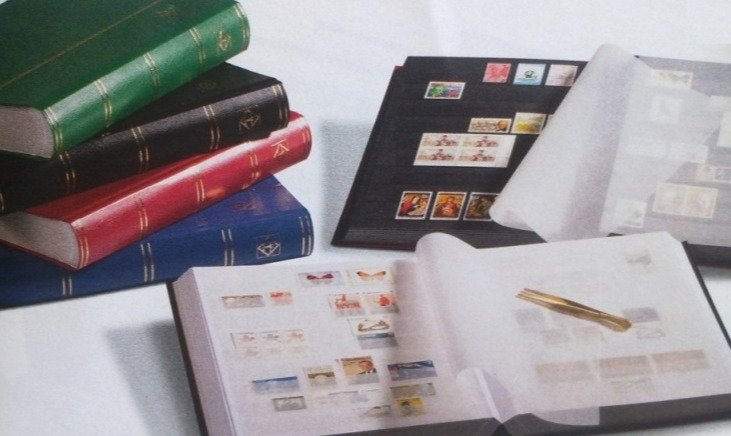
- Stamp Album: If you’re serious about building a stamp collection, then you need to invest in a stamp album. This will help you arrange your stamps easily and protect them from damage.
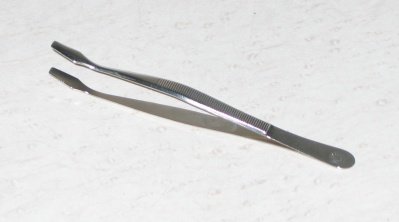
- Stamp Tongs or Tweezers: A pair of stamp tongs or tweezers are essential for every stamp collector. Handling stamps with your hands can cause damage and reduce the value of your stamps.
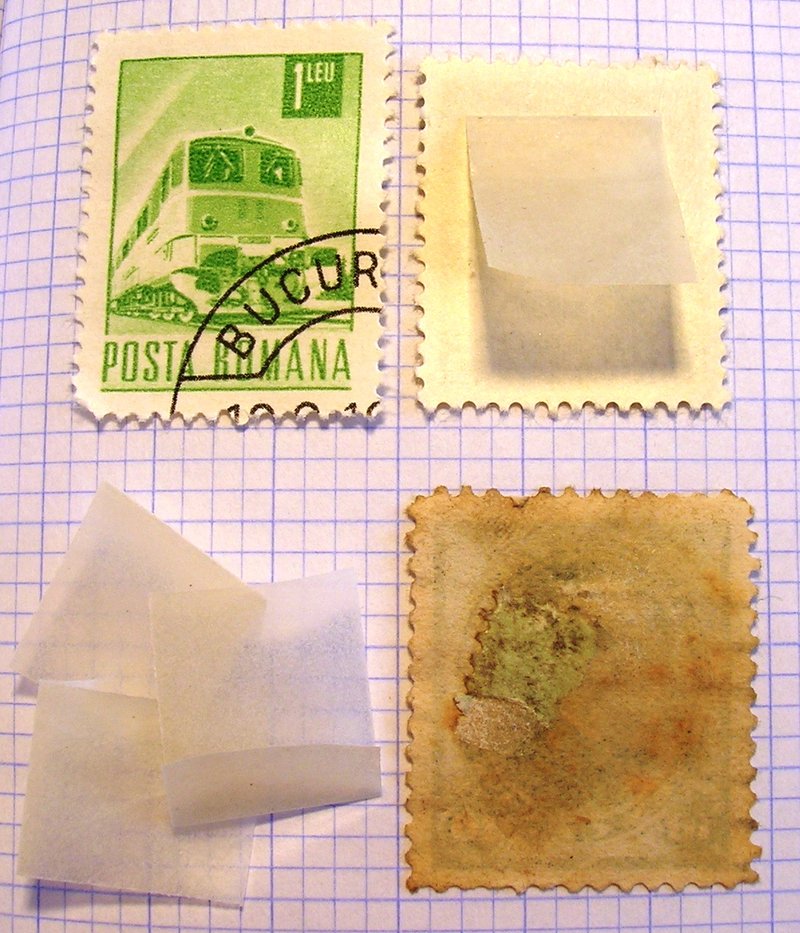
- Stamp Hinges (Stamp Mounts): Stamp hinges refer to the small gummed strip used to fix a stamp on the page of an album. As a collector, you need stamp mounts to arrange your stamps neatly.

- Magnifying Glass: A magnifying glass will help you examine your postage stamps up close. This tool can come in handy for any collector - especially for someone who wants to inspect fine-used, old stamp samples.

- Perforation Gauge: This tool helps you measure the number of perforations on the edges of your stamps. The Stanley Gibbons Instanta Perforation Gauge is a famous tool that any collector or stamp dealer should check out.

- Watermark Detector Fluid: This tool helps you enhance the watermark or the pattern pressed into the stamp during manufacturing.\
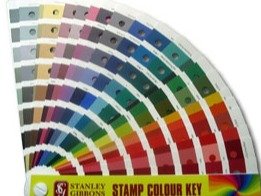
- Color Guide: A color guide helps you distinguish between stamps that appear similar but have different shades.
But then, how do you take good care of your stamp collection?
How to Take Care of Your Stamps
Taking care of your stamp collection isn’t complicated - as long as you have the right tools.
One of the main things to focus on is how to store your stamps. Although a stamp album is a must-have tool, you can keep your collection in a transparent glassine envelope.
Alternatively, you can temporarily store your stamp collection on loose leaf paper inside a ring binder. However, ensure that you always use acid-free paper to avoid damage.
Also, store your stamp collection in a well-ventilated area, away from direct sunlight.
Lastly, handle your stamps as little as possible. This will protect them from dirt and the risk of damage.
How to Determine the Value of Your Stamps

These are the things that’ll help you determine the value of your stamps:
- Rarity: A rare stamp is a valuable asset that can be worth millions of dollars. The most valuable stamps have a fascinating history or printing errors.
- Condition: The value of your postage stamp is affected by the stamp’s condition. To determine the condition of your stamp, you should look for signs of fading, stamp hinge marks, and other signs of use.
- Gum: Gum is the adhesive used at the back of a single stamp. An unused stamp usually retains its adhesive and is usually more valuable.
Now, if you want to get an accurate estimate of the value of your stamps, seek guidance from a reputed stamp dealer.
What Are Some of the Rare Stamps Worth Collecting?
Some of the most valuable stamps that deserve a spot in your collection include:
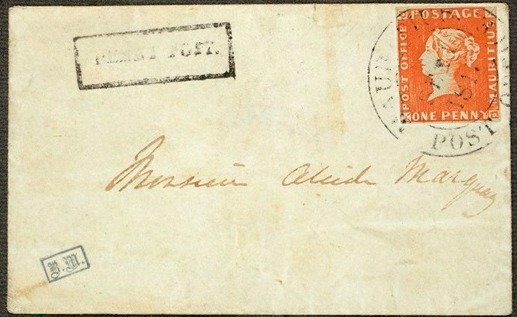
Mauritius Post Office Stamps, Mauritius, 1847 ($12.8 Million)
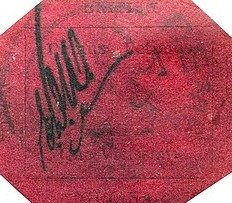
British Guiana 1 Cent Magenta, British Guiana, 1856 ($11.6 Million)
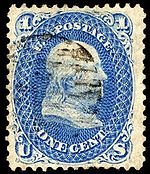
Benjamin Franklin Z Grill, United States, 1868 ($4.4 Million)
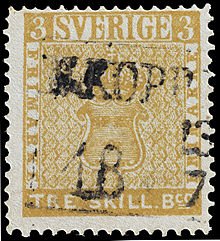
Swedish Treskilling Yellow, Sweden, 1855 ($4.2 Million)
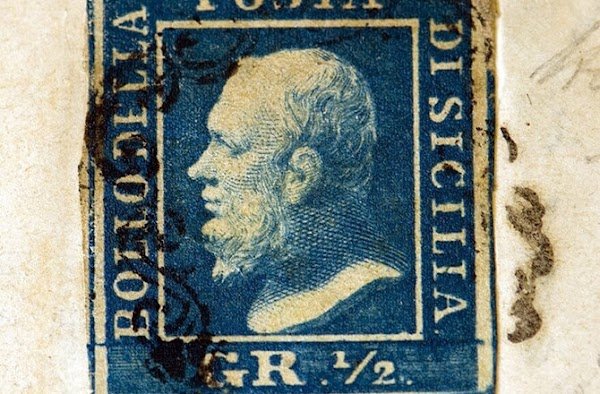
Sicilian Error of Color, Sicily, 1859 ($2.6 Million)
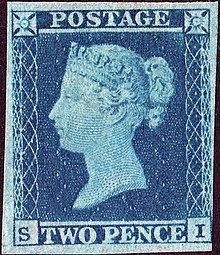
Two Penny Blue, United Kingdom, 1840 ($2,3 Million)
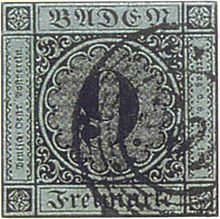
Baden 9 Kreuzer Error Stamp, Germany, 1851 ($2.01 Million)

Inverted Jenny, United States, 1918 ($1,6 Million)

George Washington B-Grill, United States, 1868 ($1,4 Million)

Red Revenue One Dollar Small, China, 1897 ($1,1 Million)
But, how did stamp collecting start?
A Brief History of Stamp Collecting
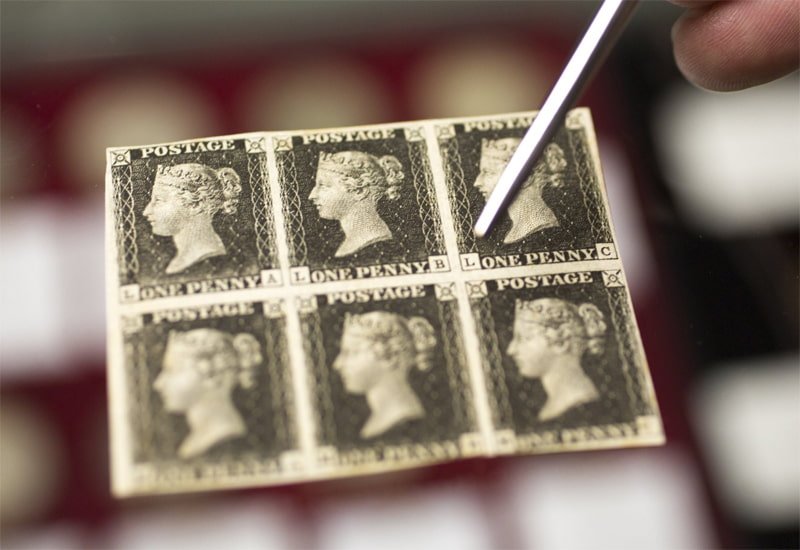
John Bourke, the Receiver General of Stamp Dues in Ireland, was the first stamp collector. He started his collection in 1774, and it comprised the finest revenue stamps.
The first postage stamp, the Penny Black, was issued in 1840. The first examples of the Penny Black had no perforations and had to be cut from the sheet using scissors.
Most people started to collect stamps by the 1860s. In the 1880s, publishers like Stanley Gibbons turned postage stamp collecting into a business opportunity.
By the late 19th century (in 1886), the American Philatelic Society (the largest non-profit stamp collecting foundation) was founded.
According to Stanley Gibbons, the global number of stamp collectors reached 60 million by 2020.
Now, let’s check out whether stamp collecting is worth it or not as an investment.
Are Stamp Collections Worth It As Investments?
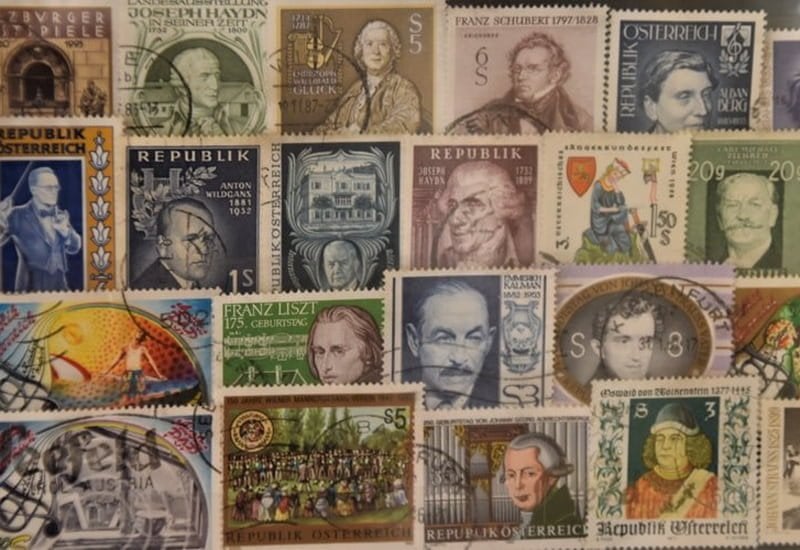
Although other people collect stamps for fun, some do it for investment purposes. In fact, a rare stamp such as the Benjamin Franklin Z Grill can be a great addition to your investment portfolio.
Besides, a stamp collection might offer better returns than any other hobby, such as fine art.
However, stamp collecting also comes with a couple of disadvantages.
Firstly, the stamp market is highly unpredictable - especially during economic downturns. That’s because stamps usually have no intrinsic value other than their face value.
Also, taking care of your stamps isn’t an easy task - you need the right tools, and you should store your stamps in a safe place. All this can cost you a lot of time and money.
So, a stamp collection might not always be an ideal investment - as much as it's a personal passion project!
But if you’re looking for the best returns, then you need to explore profitable alternatives such as fine wine.
Fine Wine Investment: An Excellent Option for Your Portfolio
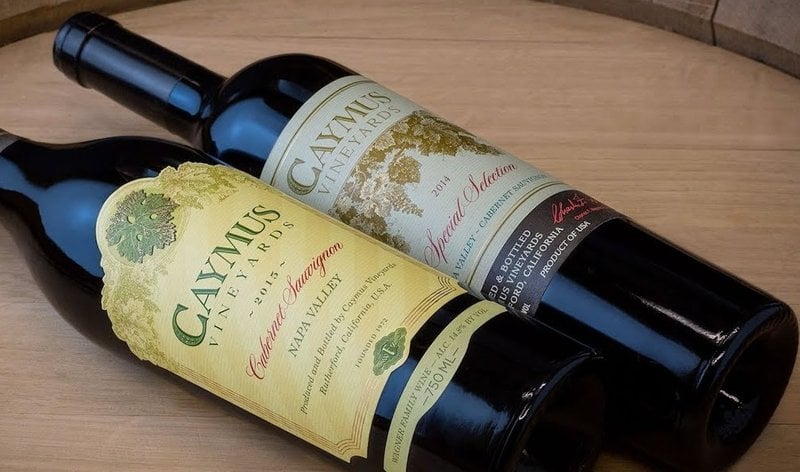
An asset like fine wine performs well despite the state of the economy. For example, fine wine grew 24.7% in value during the first 6 months of the COVID-19 pandemic in 2019.
Fine wine also outperforms traditional stock indexes such as the S&P 500. According to Liv-ex (a fine wine trading platform), fine wine grew in value by 36.8% from 2020 to 2022, while the S&P 500 rose by 27%.
Interestingly, fine wine offers steady returns of 6%-15% over the long term.
But, how do you invest in fine, rare wine bottles?
Visit the Vinovest website to start investing in the world’s finest wines. This platform helps you buy, store, and sell wines from France, New York, the United Kingdom, and anywhere around the world.
Add Stamps and the Finest Wines to Your Investment Portfolio!
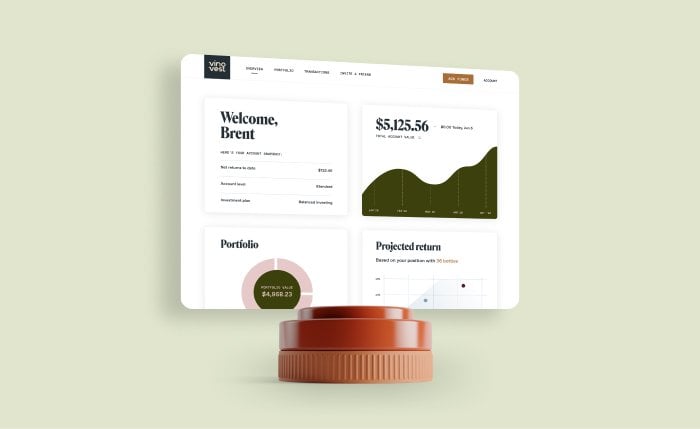
If you’re looking for a new hobby or an investment idea, then you should explore postage stamp collecting.
However, if you’re looking for alternative investments that perform consistently, you definitely need to check out fine wine.
Head to the Vinovest website to start investing in fine wine bottles from France, Spain, New York, the United Kingdom, and all over the world.



